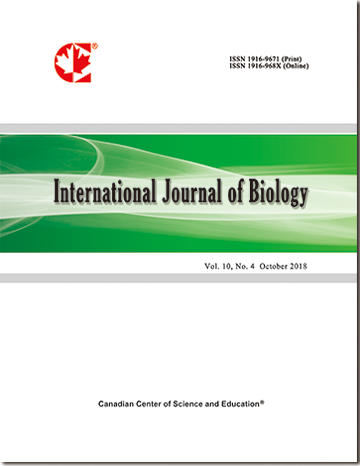Artificial Cultivation System for Gastrodia spp. and Identification of Associated Mycorrhizal Fungi
- Chie Shimaoka
- Hirokazu Fukunaga
- Seishu Inagaki
- Shinichiro Sawa
Abstract
The Orchidaceae are the largest and most diverse family of flowering plants on earth, and include some of the most important horticultural plants. While mycoheterotrophic orchids belonging to the genus Gastrodia are known to be provided with carbon through mycorrhizal fungi, the relationship between the plants and fungi is poorly understood. Furthermore, it is challenging to cultivate Gastrodia spp. in vitro. In this study, we present an efficient method for germinating Gastrodia pubilabiata (Gp), Gastrodia nipponica (Gn), and Gastrodia confusa (Gc) plants in vitro, which results in the production of a protocorm and tuber, as under natural conditions. The Gp and Gc plants produced flowers 126 and 124 days after germination, respectively, and set seed under our artificial conditions. In addition, Gp plants flowered up to three times a year from a single tuber. Using our artificial cultivation system, we identified some of the mycorrhizal fungi associated with these plants. Gastrodia spp. appear to obtain carbon from many kinds of mycorrhizal fungi. Our artificial cultivation method is a rapid and efficient means of growing Gastrodia spp. In addition to having applications in research and commercial nurseries, this method could be used to conserve Gastrodia spp. in ex situ, many of which are endangered.
- Full Text:
 PDF
PDF
- DOI:10.5539/ijb.v9n4p27
Index
- ACNP
- AGRICOLA
- BASE (Bielefeld Academic Search Engine)
- CAB Abstracts
- CiteFactor
- CNKI Scholar
- CrossRef
- DTU Library
- Elektronische Zeitschriftenbibliothek (EZB)
- Excellence in Research for Australia (ERA)
- Google Scholar
- Infotrieve
- LIVIVO (ZB MED)
- LOCKSS
- Max Planck Institutes
- MIAR
- PKP Open Archives Harvester
- Qualis/CAPES
- ResearchGate
- ROAD
- SafetyLit
- SHERPA/RoMEO
- Technische Informationsbibliothek (TIB)
- Universe Digital Library
- WorldCat
Contact
- Ryan JonesEditorial Assistant
- ijb@ccsenet.org
